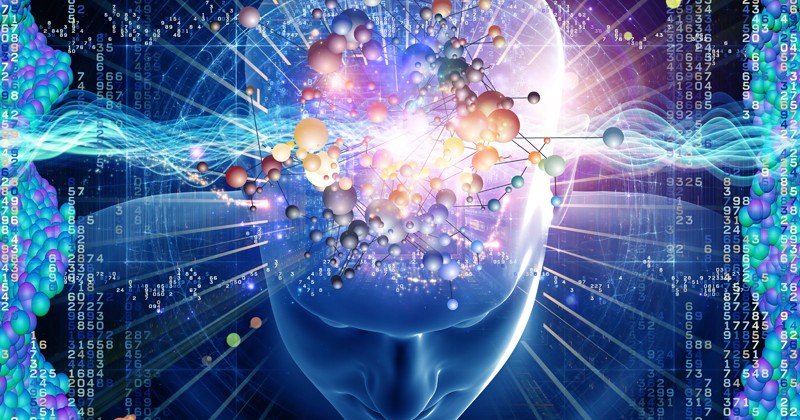The democratization of artificial intelligence (AI) is in the top 5 technology trends identified by the majority of research organizations out there.
copyright by www.dqindia.com
 The concept, going by its definition, is simple to grasp and envision. The complexities of it, however, come to light when you get down to the process, the implications, the challenges, the forces behind it, and the specific calls to action. That’s what will be the focus of this article, starting with the basics as follows. What is the democratization of Artificial Intelligence?
The concept, going by its definition, is simple to grasp and envision. The complexities of it, however, come to light when you get down to the process, the implications, the challenges, the forces behind it, and the specific calls to action. That’s what will be the focus of this article, starting with the basics as follows. What is the democratization of Artificial Intelligence?
To answer that, let’s look at the meaning of the word “democratization”. The dictionary definition is “the action of making something accessible to everyone”. So, extending that to the question at hand, it means making AI accessible to the masses. In practice, it means that AI is breaking out of the realms of technology experts, enterprises, and platforms with deep pockets, i.e., the New Age unicorns. How is Artificial Intelligence making its way into the mainstream?
To enable the democratization of AI in the true sense of the phrase, organizations must facilitate a few other democratization initiatives within themselves.
Foremost amongst these is the democratization of access to data. Unless everyone in the organization has access to clean and curated datasets to run their Machine Learning (ML) algorithms against, the democratization of AI is not possible. A data catalogue plays a very vital role here, as it makes curated datasets discoverable. This, of course, is assuming that the right checks, governance, and access-related privileges are in place.
The second democratization initiative must focus on improving access to the right tools and technologies for data preparation. This includes data curation, cleaning, merging and so on, with the intent of making the data consumable by the ML models/algorithms. There are various commercial and open source tools which enable this functionality.
The last one on this list looks at access to predefined ML algorithms; something which will not require an individual to code ML algorithms using languages such as Python or R. Various companies offer a drag-and-drop kind of interface for building ML models and offering marketplaces. This is a key development in the movement towards the democratization of ML.
The combination of highly scalable cloud computing platforms and specialized chipsets, which enables the running of advanced ML models, is a significant catalyst in accelerating this process.[…]
Thank you for reading this post, don't forget to subscribe to our AI NAVIGATOR!
read more – copyright by www.dqindia.com


The democratization of artificial intelligence (AI) is in the top 5 technology trends identified by the majority of research organizations out there.
copyright by www.dqindia.com
To answer that, let’s look at the meaning of the word “democratization”. The dictionary definition is “the action of making something accessible to everyone”. So, extending that to the question at hand, it means making AI accessible to the masses. In practice, it means that AI is breaking out of the realms of technology experts, enterprises, and platforms with deep pockets, i.e., the New Age unicorns. How is Artificial Intelligence making its way into the mainstream?
To enable the democratization of AI in the true sense of the phrase, organizations must facilitate a few other democratization initiatives within themselves.
Foremost amongst these is the democratization of access to data. Unless everyone in the organization has access to clean and curated datasets to run their Machine Learning (ML) algorithms against, the democratization of AI is not possible. A data catalogue plays a very vital role here, as it makes curated datasets discoverable. This, of course, is assuming that the right checks, governance, and access-related privileges are in place.
The second democratization initiative must focus on improving access to the right tools and technologies for data preparation. This includes data curation, cleaning, merging and so on, with the intent of making the data consumable by the ML models/algorithms. There are various commercial and open source tools which enable this functionality.
The last one on this list looks at access to predefined ML algorithms; something which will not require an individual to code ML algorithms using languages such as Python or R. Various companies offer a drag-and-drop kind of interface for building ML models and offering marketplaces. This is a key development in the movement towards the democratization of ML.
The combination of highly scalable cloud computing platforms and specialized chipsets, which enables the running of advanced ML models, is a significant catalyst in accelerating this process.[…]
Thank you for reading this post, don't forget to subscribe to our AI NAVIGATOR!
read more – copyright by www.dqindia.com
Share this: